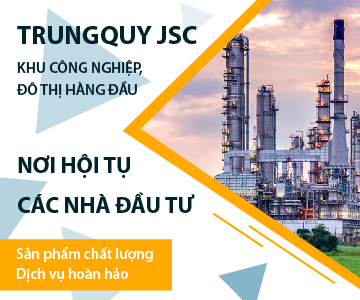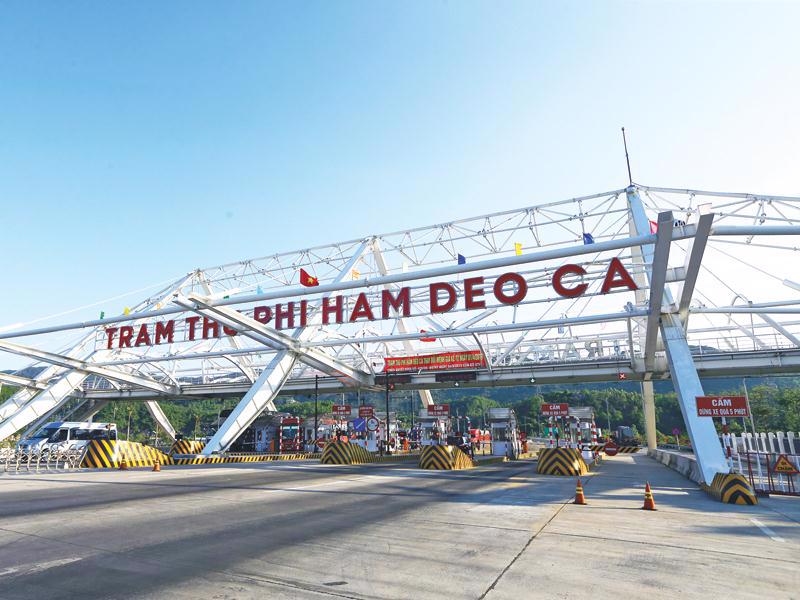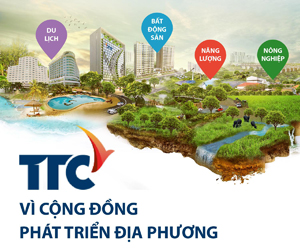INTERNATIONAL INVESTMENT
AND PORTAL
As Vietnam faces increasing urbanisation and transportation challenges, this legislation aims to address critical gaps in the existing railway system while providing incentives for investment and development. But does the draft law offer sufficient financial and technical incentives to truly transform the sector?
 (L-R) Le Net and Vu Thi Thinh LNT & Partners
(L-R) Le Net and Vu Thi Thinh LNT & Partners
The draft contains several notable provisions designed to stimulate railway development across Vietnam. Article 5 outlines the state’s policy priorities, emphasising the concentration of resources for establishing and upgrading national infrastructure and urban railways to ensure they play a leading role in the country’s transportation system. This represents a clear commitment to elevating its importance in Vietnam’s overall transportation strategy.
Financial incentives feature prominently in Article 6, which designates railway infrastructure business and personnel training as investment-prioritised sectors. Organisations and individuals involved in related activities can access preferential loans from the state investment credit fund or receive government guarantees for loans according to public debt management regulations. Additionally, these areas could enjoy preferential corporate income tax rates.
The draft also provides tax exemptions for imported machinery, equipment, spare parts, railway vehicles, materials, and supplies necessary for relevant activities that cannot be produced domestically. This provision could significantly reduce the cost of projects, particularly those requiring advanced technology not yet available in Vietnam.
Land-related incentives are another critical component, with Article 6 specifying that organisations and individuals can benefit from land incentives for railways according to the Land Law. The state also guarantees complete funding for site clearance for land reserved to build related infrastructure.
One of the most innovative aspects of the draft law is Article 25, which addresses the exploitation of land around railway stations. This provision allows local governments to adjust land use functions in areas adjacent to stations to exploit land value and increase revenue. Provincial People’s Committees can decide on urban planning indicators, technical infrastructure, social infrastructure, and land use requirements that may differ from national technical regulations on construction planning.
This transit-oriented development (TOD) approach could generate significant revenue, with all of the proceeds from local railway station land retained by provincial authorities, while half of revenue from national station land development goes to the central government and half remains with local authorities. This mechanism could create a sustainable funding source for creation and maintenance.
Moreover, articles 32-35 emphasise the need for domestic manufacturing of equipment and components. The law encourages technology transfer, research and development, and human resource training, and Article 34 specifically mentions state investment in railway infrastructure connecting to facilities producing locomotives and carriages.
The draft also proposes establishing a venture investment fund using 1 per cent of state-owned enterprises’ revenue to support research, technology application, and technology transfer. This could foster innovation and reduce dependency on imported technology.
One of the most critical improvements to the draft law should be the transformation of Vietnam Railways (VNR) into a state-backed mega-group capable of leading the industry. China Rail’s success provides a model for how a national railway entity can be the foundation for industry-wide development, integrating construction, rolling stock manufacturing, steel production, telecommunications, and power supply.
Despite these incentives, the draft law has several limitations that could hinder rapid advancement. First, while it provides a framework for incentives, it lacks specific funding commitments or dedicated funds or commitment to invest VNR into a mega group. The financial mechanisms remain relatively general, potentially creating uncertainty for investors.
The management structure appears relatively decentralised, with responsibilities divided among various agencies. This contrasts with more centralised approaches that have proven effective in countries with successful systems like China. The decentralised structure could lead to coordination challenges and implementation delays.
Additionally, while the draft mentions technology transfer, it could strengthen requirements for technology transfer in foreign-invested projects to ensure Vietnam develops domestic technical capabilities. The provisions for intermodal connectivity could also be enhanced to ensure seamless integration with other transportation modes.
To strengthen the draft Railway Law and accelerate progress, Vietnam should consider several recommendations drawn from China’s experience and others.
Firstly, it should create a national railway development fund with stable funding sources to ensure sustained investment in infrastructure. The fund should heavily invest in boosting VNR to become the source of strength of the industry and network.
While maintaining a market-oriented approach, Vietnam could establish a more centralised management structure to improve coordination and implementation efficiency, while strengthening provisions requiring technology transfer in foreign-invested projects to build domestic technical capabilities.
The country should look at establishing detailed implementation plans with specific timelines and responsibilities for relevant projects, as each railway type requires distinct zoning regulations, TOD policies, infrastructure planning, and logistics coordination.
More importantly, the draft should allocate financial contribution obligations to local authorities, and local leaders must meet every year to keep their positions. In so doing, local authorities have incentives to develop TOD and other land capture values, and collect taxes to contribute to the central budget and national railway development fund.
Other areas to look at include identifying and prioritise key railway corridors for initial development to maximise economic impact and demonstrate success; strengthen provisions for integrating progress with urban planning to maximise TOD opportunities; and expanding provisions for relevant education and training to ensure a skilled workforce for construction, operation, and maintenance.
 Construction of North-South high-speed railway to start in 2026: PM
Construction of North-South high-speed railway to start in 2026: PM
Regarding the North-South high-speed railway, Prime Minister Chinh reiterated that under Resolution No. 106/NQ-CP, the Government has approved the overall implementation plan, ensuring construction starts no later than December 2026
 Transit-oriented focus the right strategy
Transit-oriented focus the right strategy
The Ho Chi Minh City-Can Tho railway project will help create transit-oriented development for provinces and cities along the route. NAI Vietnam’s research and investment director Tran Nhat Quang, along with research head Cao Nhat Nam, look at how railway stations can become mixed-use urban centres, develop logistics, and enable the Mekong Delta to grow.
 Vietnam can improve rail by emulating global systems
Vietnam can improve rail by emulating global systems
The domestic railway industry is yet to attract much private investment, despite efforts to make improvements. Tran Thien Canh, director of the Vietnam Railway Authority, spoke with VIR’s Tung Anh about future expectations and the prospects of revised rules.
 New initiatives push railway development to next level
New initiatives push railway development to next level
While Vietnam’s railway development is travelling in the right direction, the outlook remains complex in terms of sufficient investment.



















